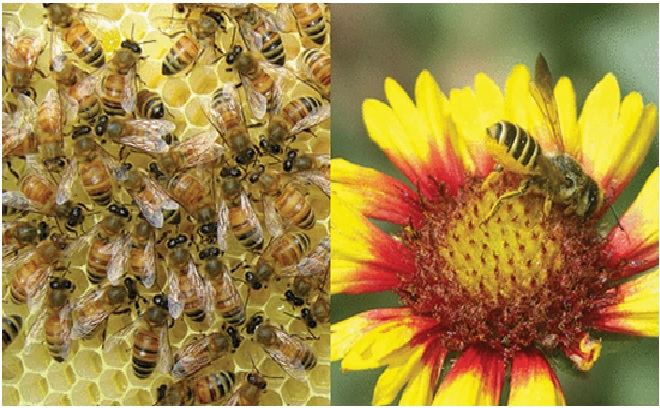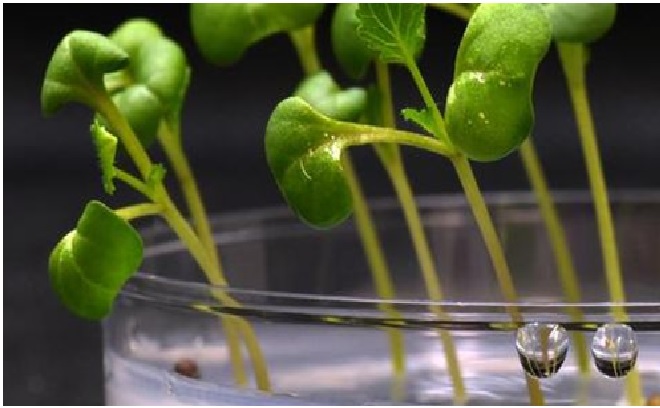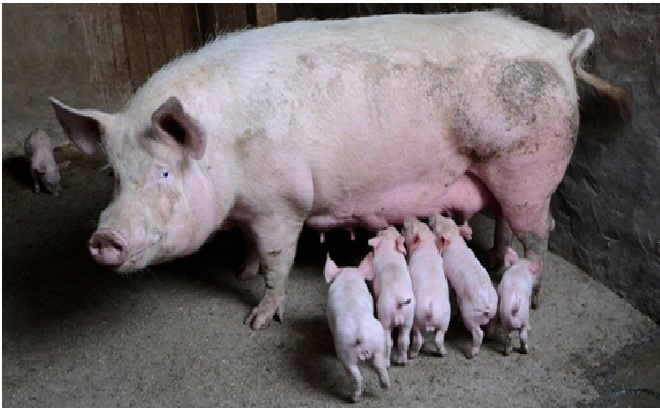Artificial Intelligence Protects Bees from Pesticides
The Oregon State University College of Engineering researchers have harnessed the power of artificial intelligence to help protect bees from pesticides. The project, which involved training a machine learning model to predict whether any proposed new herbicide, fungicide or insecticide would be toxic to honey bees based on the compound’s molecular structure.

Figure 1: Artificial intelligence to help protect bees from pesticides.
Figure 1 shows that the study, “Chemical Design by Artificial Intelligence,” are important because many fruit, nut, vegetable and seed crops rely on bee pollination. Without bees to transfer the pollen needed for reproduction, almost 100 commercial crops in the United States would vanish. Bees’ global economic impact is annually estimated to exceed $100 billion. [1]
“Pesticides are widely used in agriculture to increase yields and ensure food security, but pesticides can harm non-target species such as bees,” Simon explained. “And since insects, weeds, etc. eventually develop resistance, new pesticides that do not harm bees must be continuously developed.’
Researcher used honey bee toxicity data from pesticide exposure experiments involving approximately 400 different pesticide molecules to create an algorithm capable of predicting the potential toxicity of a new pesticide molecule to honey bees.
“The model represents the pesticide molecules by a set of random walks on their molecular graphs,” Yang added. [2] A random walk is considered a mathematical concept, which describes any meandering path, such as on the complicated chemical structure of a pesticide, where each step along the path is decided by chance.
“Imagine that you are out for an aimless stroll along a pesticide’s chemical structure, making your way from atom to atom via the bonds that hold the compound together. You travel in random directions but keep track of your route, and the sequence of atoms and bonds that you visit. Then you go out on a different molecule, comparing the series of twists and turns to what you have done before.
“The algorithm declares two molecules similar if they share many walks with the same sequence of atoms and bonds,” concluded Yang. “Our model serves as a surrogate for a bee toxicity experiment and can be utilized to quickly screen proposed pesticide molecules for their toxicity.” [3]
References:
- https://www.bionity.com/en/news/1176916/artificial-intelligence-to-help-protect-bees-from-pesticides.html
- https://newstechok.com/using-artificial-intelligence-to-protect-bees-from-pesticides/72253/
- https://www.innovationnewsnetwork.com/artificial-intelligence-protecting-bees-from-pesticides/23131/
Cite this article:
Sri Vasagi K (2022), Artificial Intelligence Protects Bees from Pesticides, AnaTechMaz, pp.132















